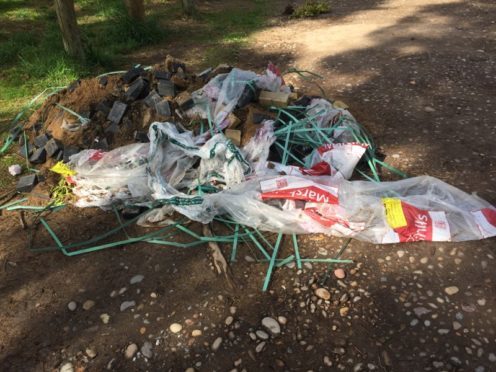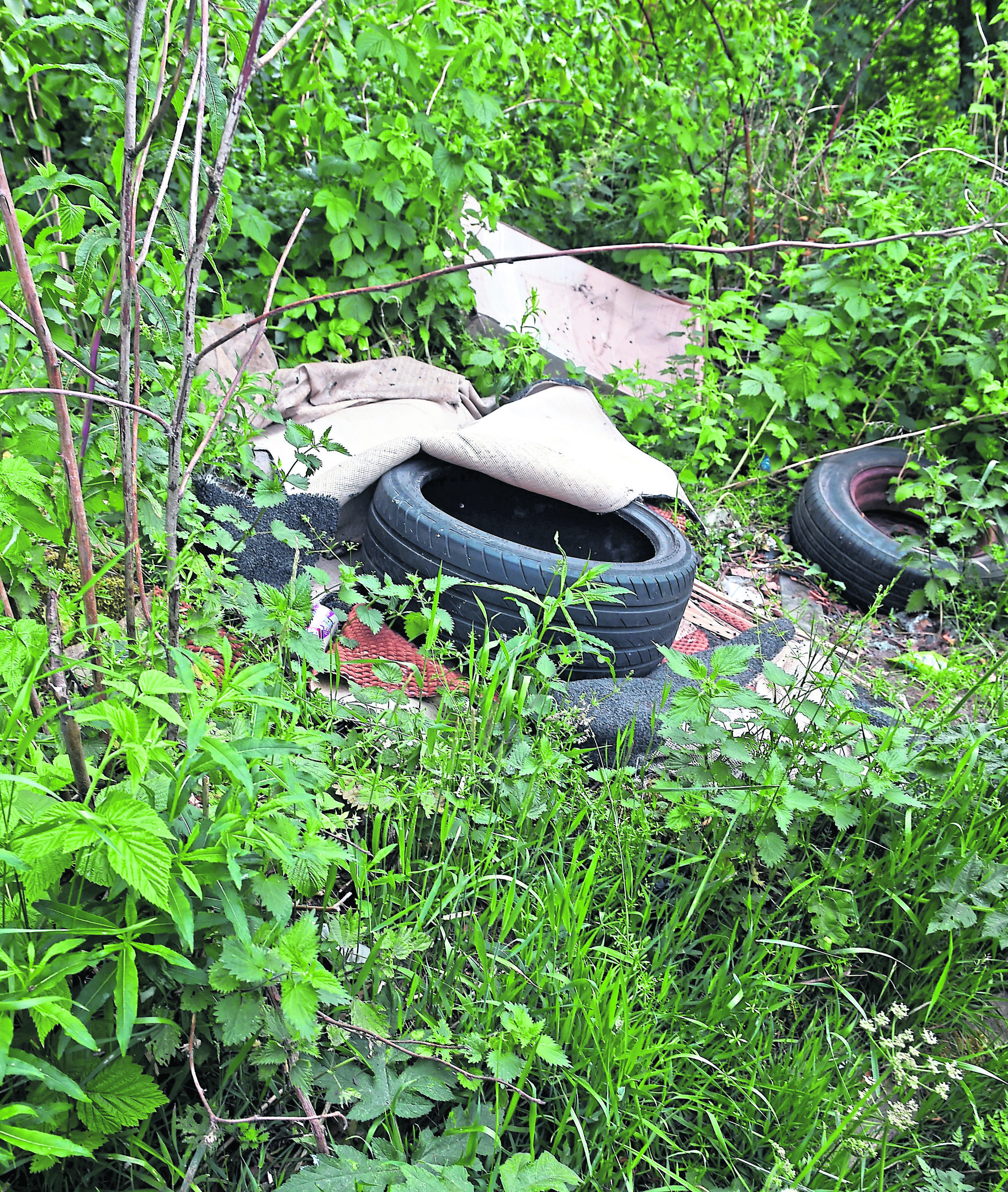Aberdeen has been revealed as the fly-tipping capital of northern Scotland – with residents reporting dumped waste in their gardens, streets and parks more than 20 times a day.
Over a period of just six months, council staff in the region were made aware of almost 4,400 incidents – with nearly 4,000 of these in the Granite City.
>> Keep up to date with the latest news with The P&J newsletter
The local authorities have been left to tidy up all manner of items, ranging from small things such as bin bags and hedge clippings through to bulkier pieces including baths, sofas and kitchen appliances.
The incidents in Aberdeen comprised 85% of all fly-tipping complaints made in the north and average out at 20.35 reports per day.
In comparison, Aberdeenshire ranked second in the table, but with just 399 reports – or 2.2 per day.
And at the other end of the scale Orkney, Shetland and Western Isles combined had just 23 complaints over the six months – a tiny fraction of Aberdeen’s total.
It is estimated that fly-tipping costs Scotland’s councils around £9 million per year, while causing environmental damage and potentially even health hazards to locals.
Questions have been raised as to how Aberdeen – which has a similar number of households to Aberdeenshire and the Highlands – has ended up with close to 10 times the number of fly-tipping reports.
Sam Gardner, acting director at WWF Scotland, said the P&J’s figures were “deeply saddening”.
“Much of the material discarded illegally will include plastic which is a pressing problem for our environment and must be tackled,” he said.
“It not only looks awful, blighting our countryside, but is a danger to our precious wildlife, threatening to kill anything that eats it or gets trapped in bags of rubbish.”
Convener of Aberdeen City Council’s operational delivery committee, John Wheeler, said urban areas, like Aberdeen, are more likely to have waste dumped than rural locations and in more visible locations – making them difficult to compare.
He added: “In Aberdeen we actively encourage members of the public to report fly-tipping and have successfully introduced an online tool to make that easier and quicker.
“As a local authority we are responsible for the uplift of items from public areas, not private land, and have a duty to tackle fly-tipping to ensure related health and safety as well as environmental issues are addressed.”
When each council receives a fly-tipping complaint, it must log the exact location in order to tell workers where to collect the items.
The Press and Journal has used the longitude and latitudes attached to each report to create an accurate and interactive map detailing every single instance in the region.
To see the fly-tipping incidents logged near you, visit pressandjournal.co.uk.

